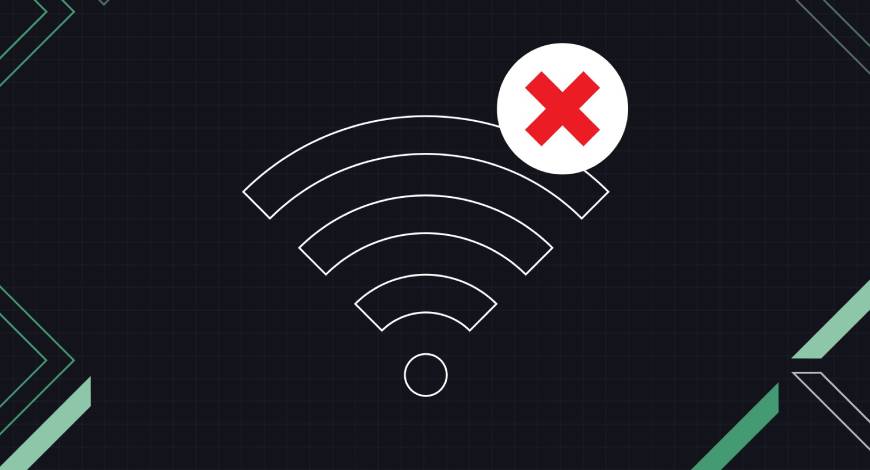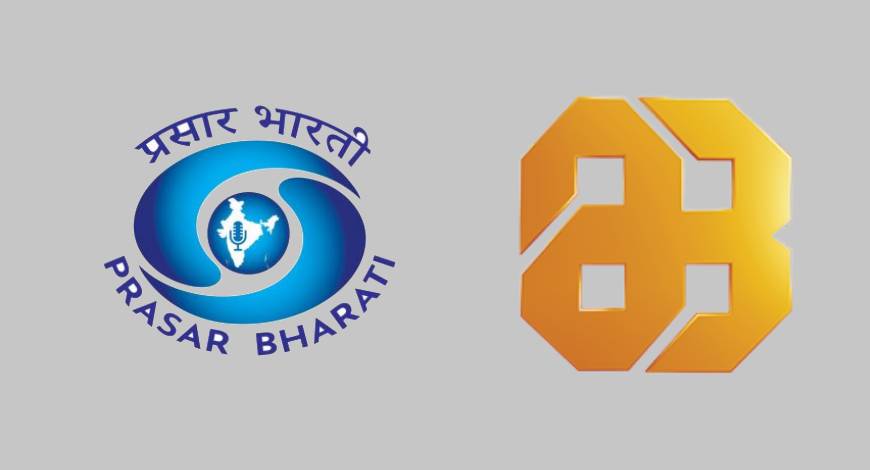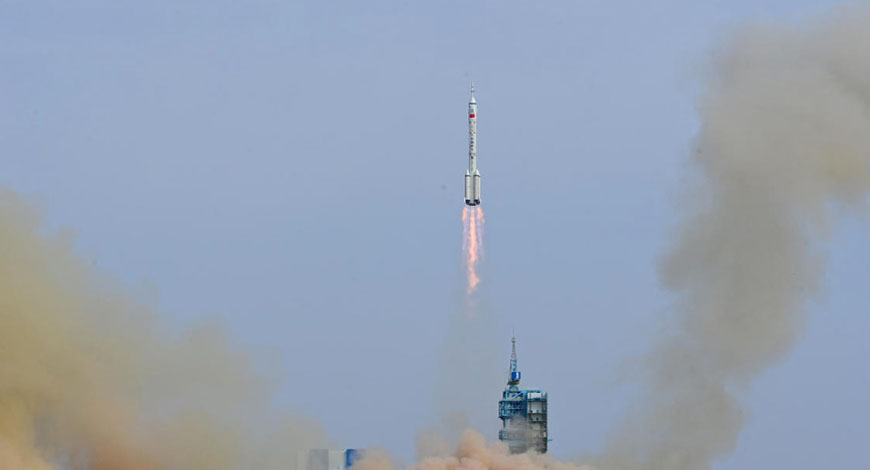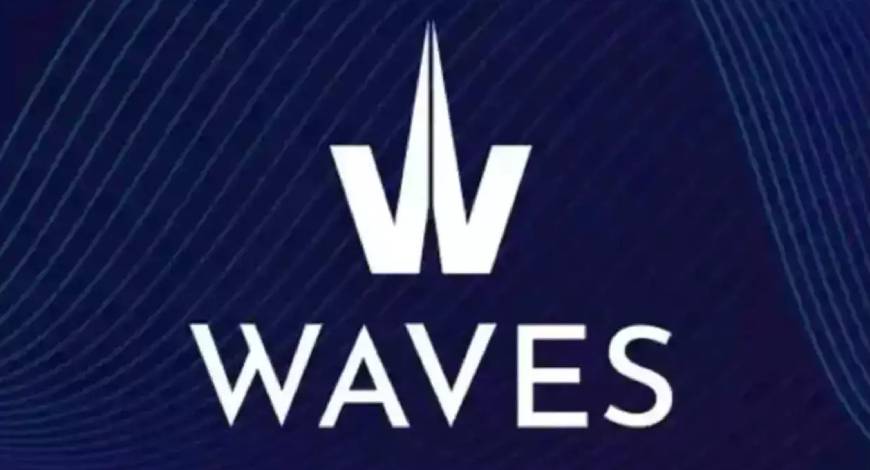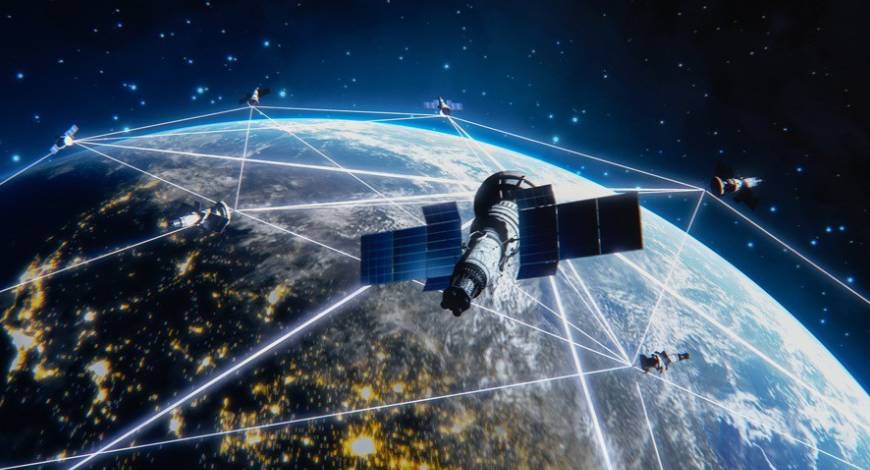Network18 Media & Investments Ltd on Tuesday reported a loss of ₹1,400 crore in the December quarter while its revenue from operations was ₹1,360.50 crore, which is not comparable with the year-ago period due to the merger of its subsidiary Viacom18 with Star India.
It reported a ₹25.68-crore profit before exceptional items. However, on a consolidated basis, it faced a loss of ₹1,425.73 crore, due to the derecognition of its subsidiaries, which has been accounted on a provisional basis during the quarter.
“Accordingly, the figures for the corresponding previous periods are not comparable,” it said.
On a standalone basis, Network18 Media & Investment’s revenue from operations was at ₹476.41 crore for the quarter and its profit was at ₹3,431.94 crore, helped by exceptional gains.
It had exceptional gains of ₹3,498.21 crore in the quarter as it accounted for the business combinations relating to the merger scheme of Viacom 18 Media, Digital18 Media, and Star India and conversion of 24.61 crore compulsorily convertible preference shares held by Reliance Industries in Viacom 18 during the quarter resulting into Viacom 18 ceasing to be a subsidiary of Network18 Media & Investments.
Its “operating revenue for the quarter was ₹476 crore, marginally higher on a year-on-year basis advertising environment continued to be soft, exerting downward pressure on growth,” said Network18 Media & Investments in its earning statement.
Consumer demand did not witness a meaningful pickup during the festive period, resulting in brands holding back on advertising spends.
“Advertising volumes for the TV news industry saw a marginal uptick on a QoQ basis but declined 11 per cent YoY, putting pressure on revenue growth. Digital segment continued to see growth in advertising revenue, though on a lower base,” it said.
Viacom18’s merger with Star India was completed on November 14, creating one of the country’s largest broadcasting and digital streaming companies.
“Network18 holds 6.3 per cent effective economic interest in the JV through its holding in Viacom18,” it said.
Commenting on the results, Chairman Adil Zainulbhai said the restructuring of the business is now complete, simplifying the corporate structure for all stakeholders.
“We are pleased with the progress made on the operating front, especially the manner in which our television network is growing. Having established leadership positions in national markets, we are now focused on select regional markets for driving the next phase of growth. Our digital business is also gaining momentum, and we are harnessing the combined strength of our platforms to deliver a superlative and seamless experience to our consumers,” it said.
Network18 Media & Investments owns 20 news channels across 16 languages, including CNBC TV18, CNN-News18 and four online platforms, such as moneycontrol, Firstpost, etc.
Shares of Network18 Media & Investments Ltd on Tuesday settled at ₹61.49 on BSE, up 2.69 per cent. The Hindu BusinessLine
